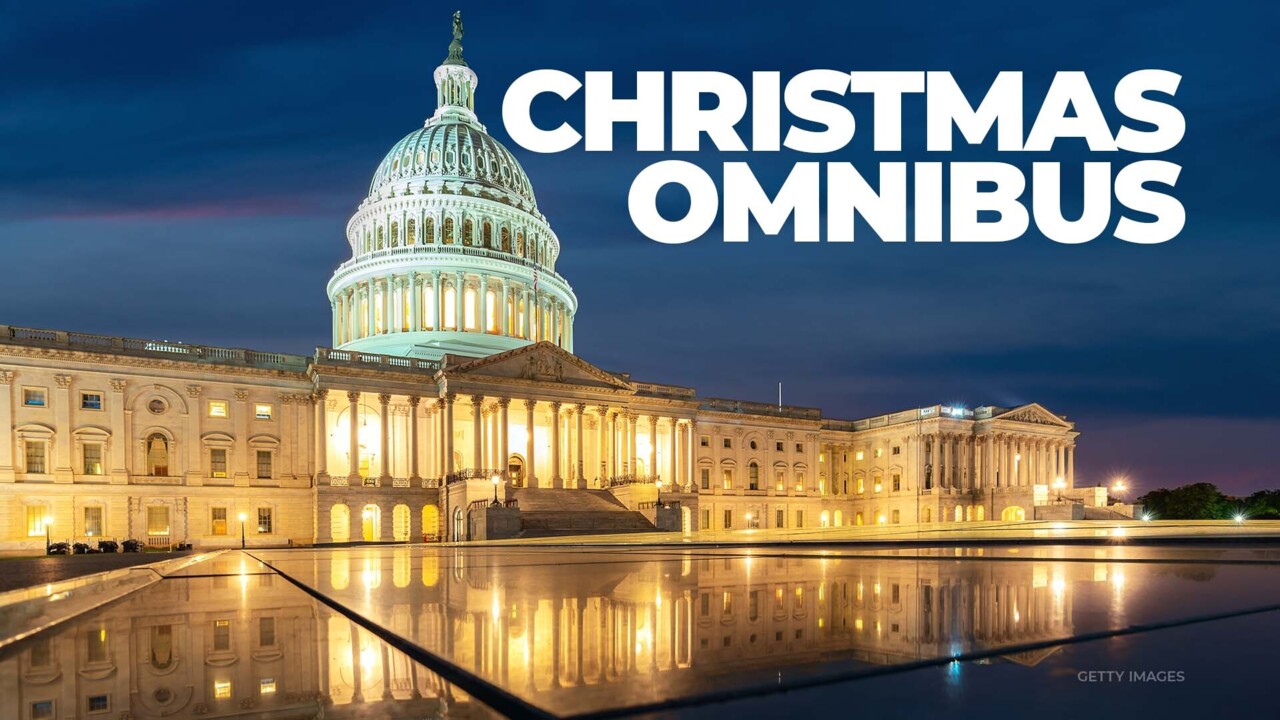
The federal government is preparing to spend 1.7 trillion dollars next year, that’s right trillion with a T.
Your taxpayer dollars are being split – 772.5 billion for non-defense spending, and 858 billion in defense funding for the military.
That’s how it’s being broken up in the newly released 2023 omnibus spending package that Congress hopes, or should I say needs to pass this week. If they don’t finish it by Friday, there will be a government shutdown. So here’s a look at how Congress wants to spend your money next year.
Democrats prioritized Domestic spending pushing education and college affordability to the tune of roughly $35 billion dollars. They also added more than $15 billion dollars to support low income, rural and elderly Americans and those at risk of homelessness. Democrats also pushed to add more than $21 billion dollars for, as they put it, “protecting our environment” which includes additional funding for the EPA and the National Park Service, as well as a hefty investment in energy efficiency and clean energy.
Republicans are happy about the 10% increase in defense funding. It will pay for ships, aircraft and vehicles, but also improvements in artificial intelligence, 5G and quantum computing. They got the Hyde amendment included which prohibits federal funds from paying for abortion, with some exceptions like rape, incest and risks to the mother’s health. Republicans are also pointing to the 82 billion for Homeland security – including 7.1 billion for the border patrol.
There’s also a non-spending related measure from Senator Josh Hawley to ban the social media app tik tok on government devices.
In addition, there are a few measures both sides are bragging about. For instance up to $45 billion in Ukraine aid, $40 billion for natural disaster assistance for victims of storms and wildfires, nearly 119 billion for VA medical care.
The final details are still being negotiated, but even if some of these numbers change slightly, Friday’s deadline does not. Straight from DC, I’m Ray Bogan.










